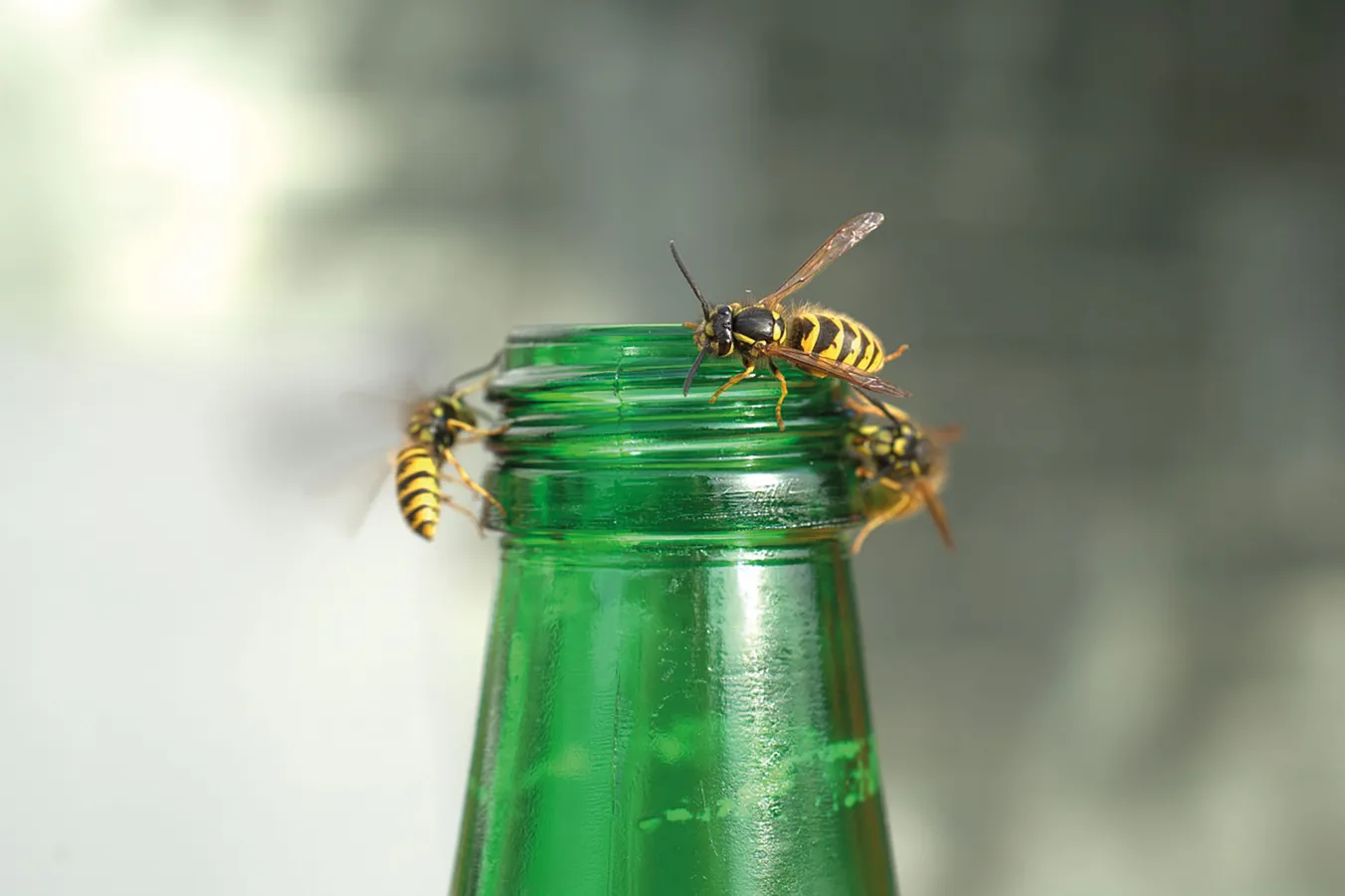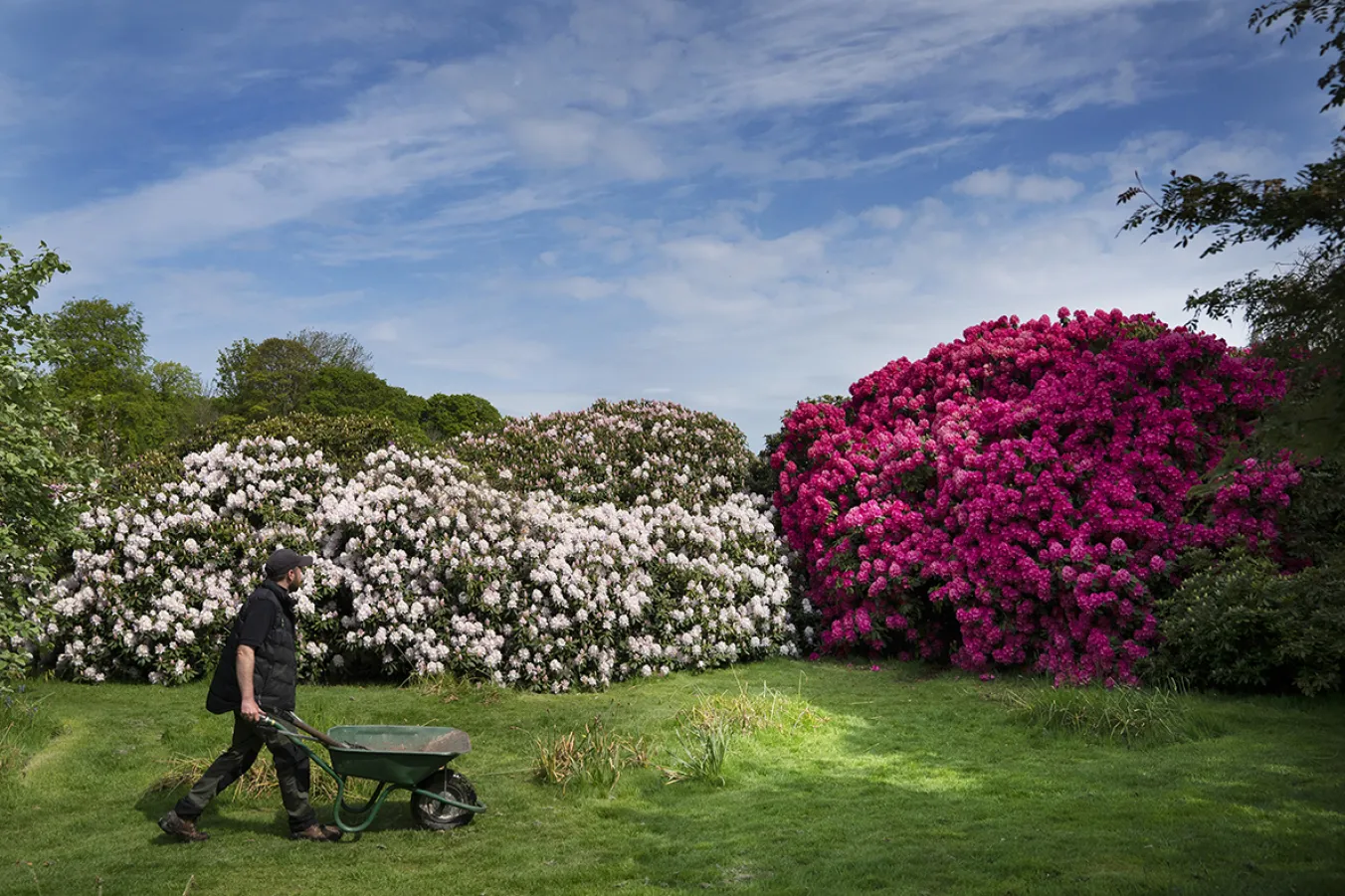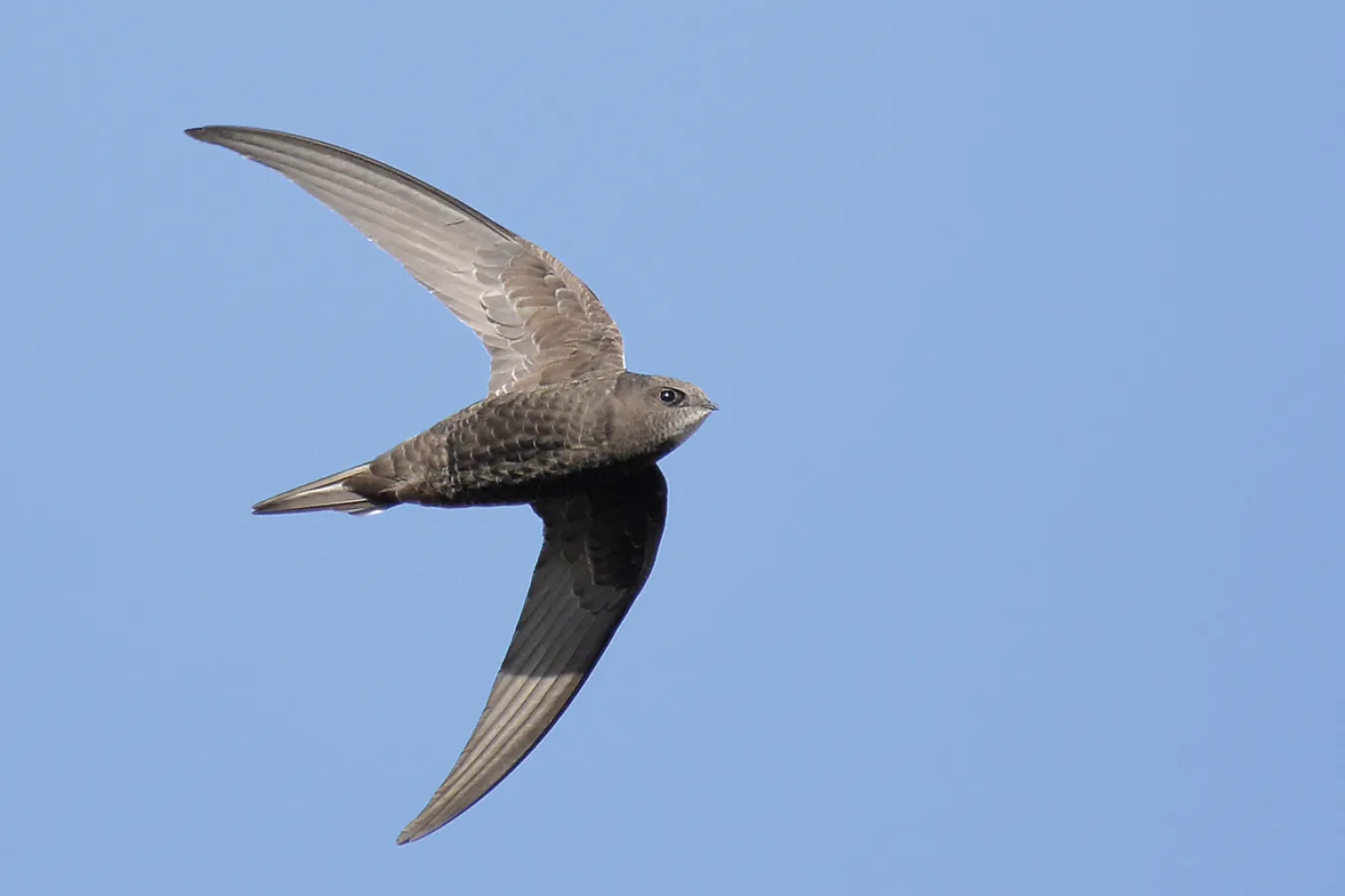VIJAY PRASHAD examines why in 2018 Washington started to take an increasingly belligerent stance towards ‘near peer rivals’ – Russa and China – with far-reaching geopolitical effects
Where Britain’s wasps have gone and why they need your help
This much-maligned insect’s numbers are dramatically down this summer. SEIRIAN SUMNER explains what’s happened to them, and why ecologists are calling for assistance from the public

I GET twitchy about taking holidays at the end of August, because it’s the only time of year when people (and the media) in Britain seem to want to talk about wasps and I have spent my career trying to change people’s minds about these fascinating insects.
Typically, the British wasp hysteria season peaks around August bank holiday, when we’re squeezing the last alfresco dining out of summer. Inevitably, along comes a yellowjacket wasp or two. The media follow with headlines themed on wasps on the attack. My colleagues and I step in with a defence of wasps, about their important role in ecosystems as pest controllers and pollinators and how their life history helps explain their behaviour.
Similar stories

The government’s reliance on unproven and short-termist technology won’t deliver answers to today’s energy crisis, warns MARK MASLIN

ZARAH PATTISON explains how invasive plants like Himalayan balsam and rhododendron are playing havoc with ecosystems where they are introduced

A new study has found that forests destroyed by wildfires emit carbon long after the flames die, with implications for post-fire management, write NATASCHA KLJUN and JULIA KELLY

How is this much-loved migratory bird species faring as rising temperatures change when seasons arrive, asks ALEXANDER C LEES









